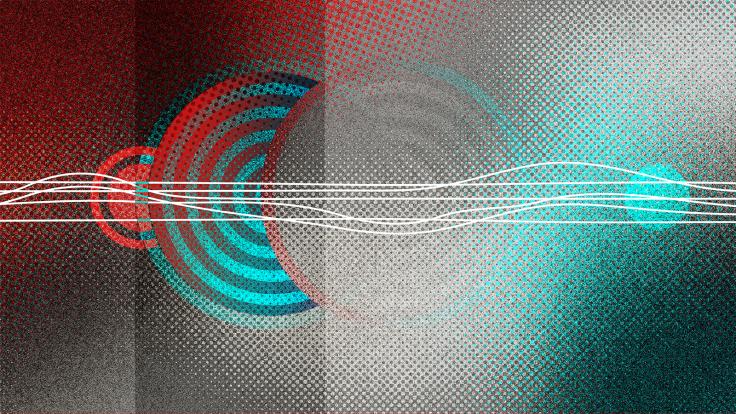Decay channels are the possible transformations a particle can undergo as it decays.
When a particle decays, it does not break into smaller bits; its energy does. Even fundamental particles—so named because they are the basic building blocks of matter that cannot be broken into smaller parts—can decay. Many particles in the Standard Model exist for only a limited time before decaying.
When a particle decays, it transforms into collections of less massive particles whose combined energy adds up to the energy of the original particle.
It’s kind of like getting change for a dollar. Even though a dollar bill is not physically made of coins, its value can be broken down into change. And just as many different combinations of coins add up to $1, many combinations of particles can add up to the energy of a massive particle. Each one of those particle combinations is called a decay channel.
Physicists can calculate how long a particle should last and the ways it should decay. Knowing a particle’s decay channels can help physicists spot a massive particle created in a particle collider, even if the particle decays before a detector can capture it. If experimentalists can’t see the particle itself, they can see the products of its decay.













